
We’re in Exmouth WA near the Cape Ranges National Park and Ningaloo Reef. This time of the year, this is the go-to place for seeing, and swimming with, Whale Sharks. We went out with one of the local dive outfits - Ningaloo Dreaming.
There were 20 tourists and 5 crew on the 60’ boat, and they also have a spotter plane that goes out to locate the whale sharks for us.
During the day, we swam with three whale sharks of lengths around 6, 5 and 8 metres respectively. We were divided into two groups of ten so that there were never too many people in the water near the fish. Also, we had to stay 3m from its body and 4m from its tail.
They move effortlessly through the water so we have to swim alongside to keep pace. The first two were more leisurely, the third one made us work! We had several sessions with each shark and had well over an hour of total time swimming with them.
The last time we looked for whale sharks was in Utila, Honduras, where we only saw them for a few seconds before they dived.
The photo above was taken by one of the crew who gave us a CD of photos after the trip. A great day!





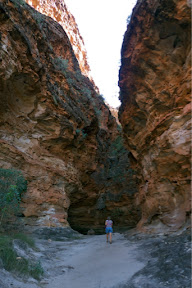

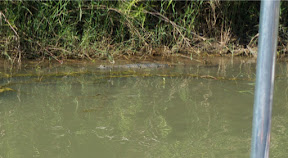
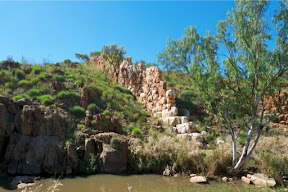


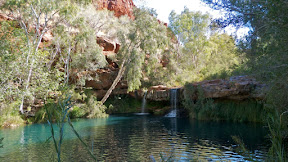






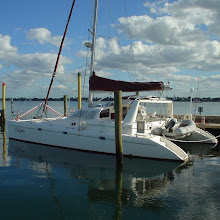
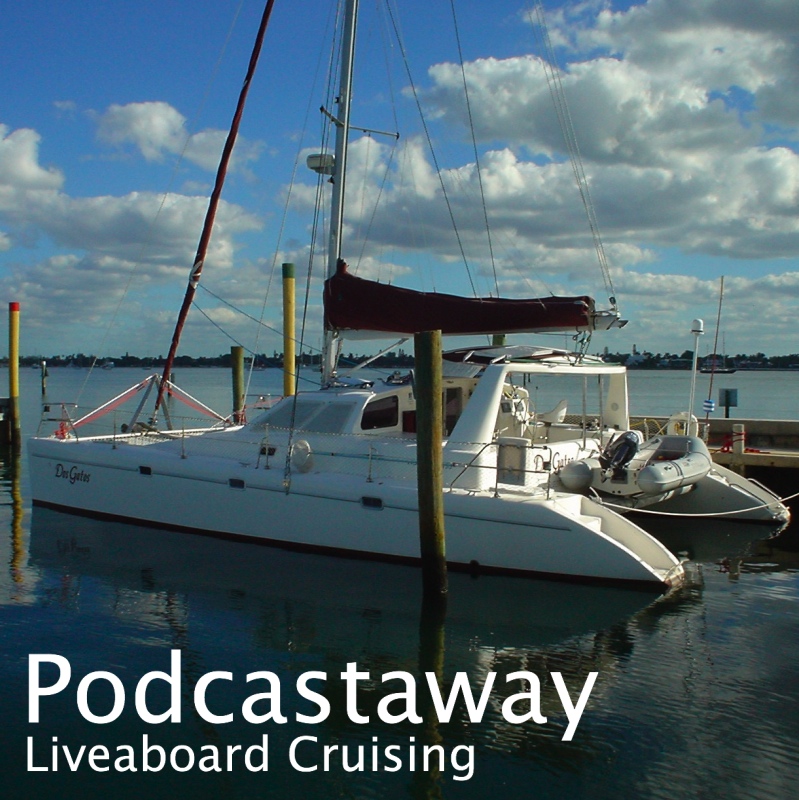
 (Atom)
(Atom)